Try Movavi Video Converter!
- Change a format to avoid compatibility issues
- Lower video resolution
- Compress videos
It's never pleasant to deal with a jerky, jumpy, or choppy video. If your video playback is choppy, you won't really be able to enjoy a comfortable viewing experience. Fortunately, there are plenty of ways to fix choppy video playback, and this guide will look at some steps you can take to solve the problem when video playback is choppy on Mac, Windows 10, and other platforms, too.
A choppy or jerky video is any video output that has glitches when you play it. From out-of-sync audio to variable stream speeds, a jerky video on my computer is always a turn-off. Faulty videos can be a result of different issues, including:
Defective SD cards
Technical glitches
Outdated media players
Audio/video codec issues
Corrupted or damaged video file
Unsupported movie file formats
Outdated drivers
Deficient system requirements
With these causes in mind, take a look at the steps you can take to enhance your video experience.
Here’s what Movavi’s team does to provide you with verified information:
When selecting products to include in our reviews, we research both demand and popularity.
All the products covered in this article have been tested by our team.
When testing, we compare key characteristics, including supported input and output formats, quality loss when converting, and other significant features.
We study user reviews from popular review platforms and make use of this information when writing our product reviews.
We collect feedback from our users and analyze their opinions of Movavi software as well as products from other companies.

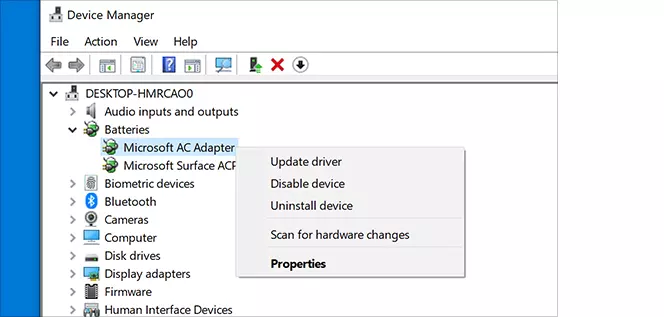
Outdated video and audio drivers often affect your videos. Check to find out if you are playing your video files on the latest version of drivers or media players. You can check their status from the Device Manager.
If you have to update the drivers, expand the Sound, video and game controller tab in the Device Manager. Select the outdated device and choose Update Driver Software after right-clicking on the driver's name.
You may need to upgrade your PC's CPU capacity or RAM if the problem lingers. This move should boost the overall performance of your system. In some cases, you may have to restart your computer for these changes to take effect.
Pros:
Often fixes the problem
Perform this fix without any complex downloads or processes
Cons:
Might require a restart to take effect
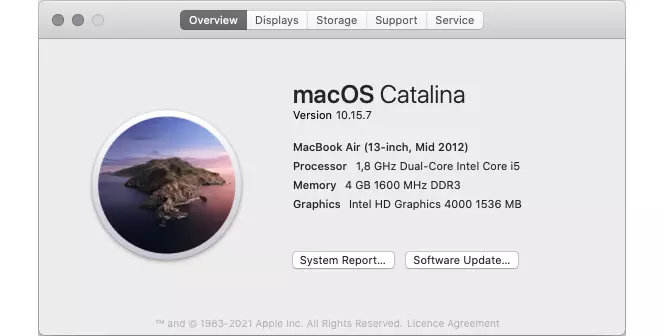
Most videos have minimum systems requirements that your laptop or computer needs to meet to guarantee a seamless experience. You'll need no less than 6GB RAM to play a 1080p 60 fps and higher resolution video. These high-resolution videos will not play smoothly if your processor is below 3.0 GHz.
Your video experience depends mostly on both the graphics card and processor in your device. The GeForce GT 650M voice card should boost your device's specs and render an excellent video experience. On the other hand, not all lower resolution videos will play smoothly on every device – the minimum requirements play a part in all of these.
4K and HD videos are especially selective when it comes to system requirements. A 2.4GHZ processor coupled with a minimum of 4GB RAM should meet the cut and play uninterrupted top-quality videos. If you are working on Windows, you could consider adding virtual memory using a USB mass storage device.
If you can't solve the trouble with your specifications, consider reducing the resolution and size of the videos. As you record videos, keep them below 720p 30fps or restrict your recordings to smaller files. The videos should become less choppy and play smoothly even on your Windows 7 computer.
Pros:
Easy to do
Shows you what types of video you can likely play without an issue
Cons:
In some cases, it may not actually stop a video from being choppy
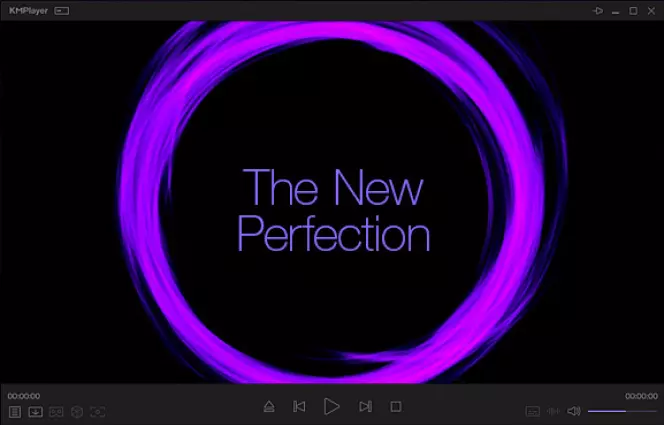
Your default Windows Media Player may be the cause of your problem, and there is no harm trying out a different media player. The VLC player is a great alternative, but you could also consider the KM player or the MX player. Any of these substitutes may solve your problem and restore the excitement of a video experience.
Compatibility issues may slow your videos or make them jumpy. In such cases, resort to the recommended media players for both Windows 7 and 10. For mac users, iTunes videos should not give you a hard time. You get to enjoy all your full-screen videos on any Apple device.
Pros:
Doesn’t require any investigating or complex fixes
Many video players are free to use
Chance to upgrade to better software
Cons:
Takes time to locate and install a new video player
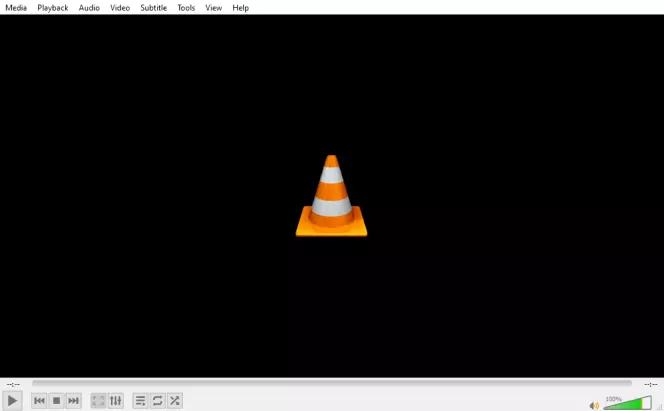
In a lot of cases, your device's processing may be at fault – especially if the video remains choppy in different media players. VLC media player can help you take care of this problem with ease. You only need to increase the speed from the Tools tab. Here is how.
Select Preferences under the Tools section.
Go to Video Preferences.
Select all preferences.
Select FFmpeg under the Video Codecs.
Check Allow Speed Tricks.
Save the changes.
Restart VLC.
These steps should take you closer to a playable video file.
Pros:
No additional software required
Don’t have to restart your computer
Can sometimes allow you to play large files that your device might otherwise not be able to handle
Cons:
More complex than other solutions, with more than half a dozen steps
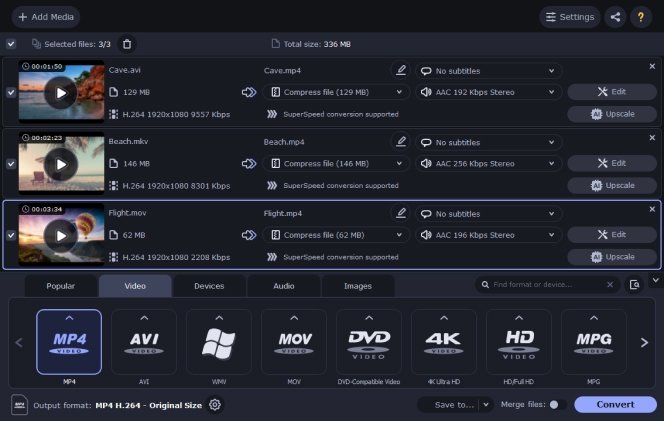
If the compatibility issues persist, converting the video to a different video format is a viable option. Trusted converters like Movavi Video Converter can help you quickly change the format of your digital files. You can compress videos to match your system properties without losing their quality.
The bestselling program allows you to enjoy your multimedia fun on any device with the plethora of top-notch formats, including MP4, HD, and AVI, it provides. The converter optimizes computers with multi-core processors to allow you to convert multiple files simultaneously. It is also suitable for anyone looking to reduce the size of their videos.
Pros:
Chance to make adjustments to the video
Reduce the size of a video, saving space on your device
Cons:
Require additional software to convert your file
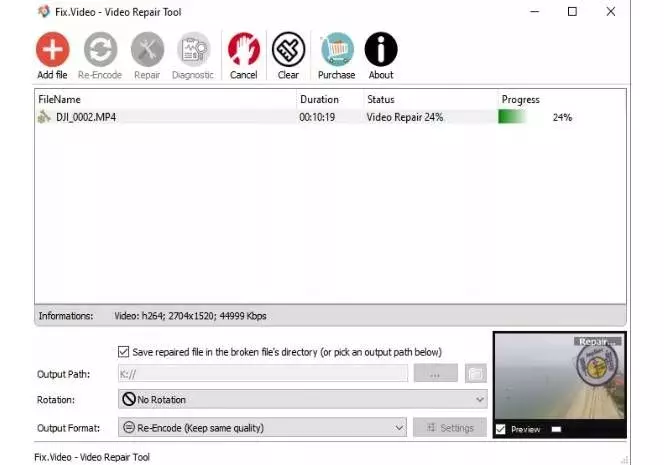
The choppy video playback issues may persist even when your device meets the minimum requirements and has up-to-date drivers. The problem lies elsewhere – you have a broken video file. It may be time to think about a video repair tool.
An efficient video repair tool can take care of that corrupt video. Such programs can deal with a host of issues, including but not limited to compression issues, read errors or unsupported file formats. Video repair tools are specific for different operating systems. Make sure you choose the best option for your OS.
Pros:
Perfect fix when the video file is the thing at fault
Save old or damaged media for the future
Cons:
Won’t help if the problem is your device
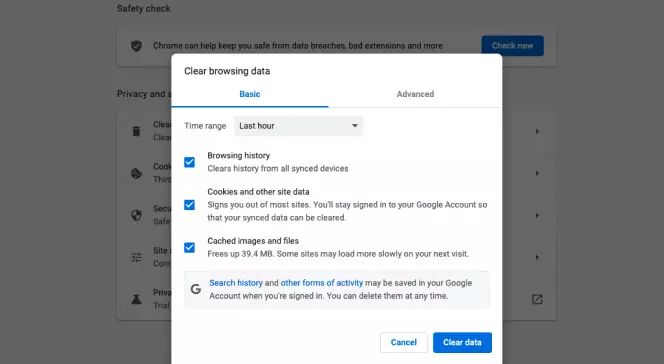
Online streaming video glitches are the most frustrating – gamers on Twitch know this well. The temporary and cache files that your browser stores as you surf the net slow your computer. Deleting such files should provide a much-needed reprieve.
Pros:
Speed up your Internet browsing
Quick solution
Cons:
Won’t help with the choppy playback of downloaded files
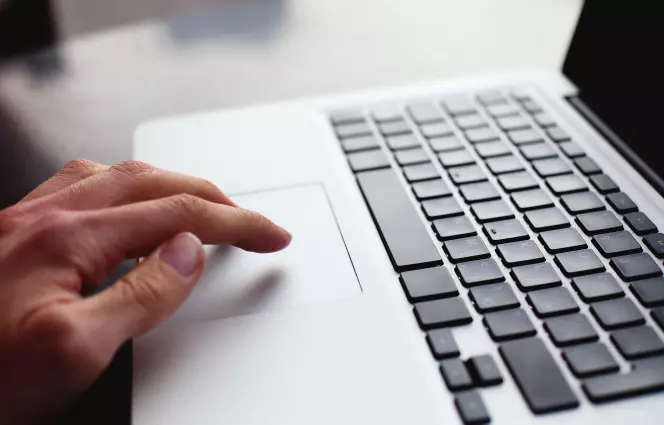
Another method you can try for how to fix a choppy video is to download the video you want to watch again. In some cases, a choppy or laggy video could be caused by an error that occurred during the download process. For example, part of your MP4 movie or 4K film file might not have been downloaded correctly or could be corrupt.
Re-downloading the videos might be a simple way to fix choppy videos on your device. It may take some time while you wait for the download to complete, especially in the case of large video files. However, it's a very easy method to try and could save you a lot of inconvenience in the long term.
Pros:
No need for additional software
Simple solution
Cons:
Downloading large files can take a while
If the problem didn’t occur during the initial download, this might not fix your choppy video
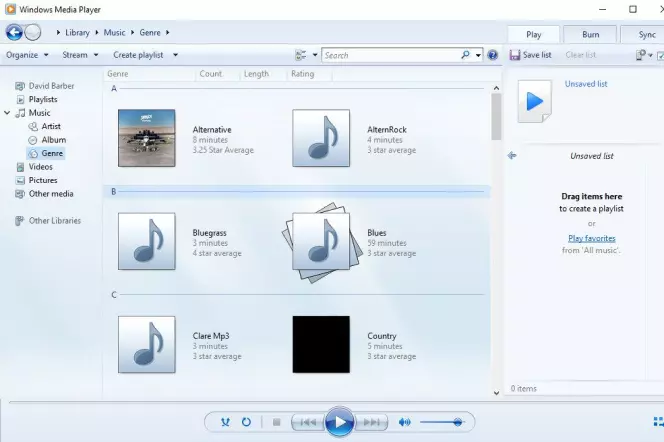
Another possibility you can try to deal with choppy streaming video on Windows 10 or choppy video playback Android is to adjust the size and resolution of your video. This is because, in some cases, your system or device might not have enough processing power or memory to smoothly stream a video.
So, if you're wondering “Why are my videos choppy on my computer?” it could be because of the video size. You can use your media player, like Windows Media Player or VLC, to reduce the size and resolution of the video to something smaller and easier to play.
Pros:
Save space on your device
Watch videos on old or slow devices
Cons:
Lower resolution can make videos less enjoyable to watch
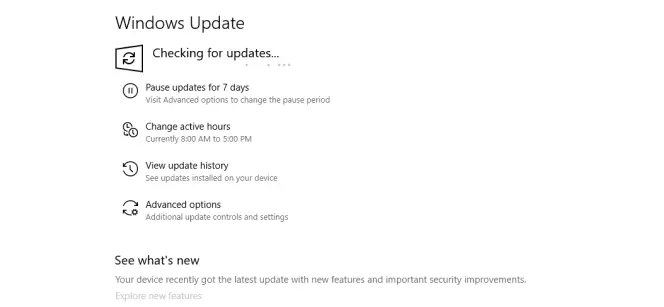
If you're having issues with choppy video playback Windows 10, Windows 7, or a video not playing smoothly on other Windows versions, it could be because there's an issue with Windows that needs fixing. Windows requires regular updates to fix little bugs and keep everything running correctly, so this could be the source of your issues with choppy videos or choppy MP4 playback.
A way to fix this is to update your Windows system. You can do this by going to the Updates section of your device, which can be found via the Settings or Control Panel menus. You'll then need to wait for the updates to download and install, and you may need to reboot your device to look and see if the videos are less choppy afterward.
Pros:
Get rid of annoying update reminders
Can improve the overall performance and safety of your device
Cons:
Often time-consuming
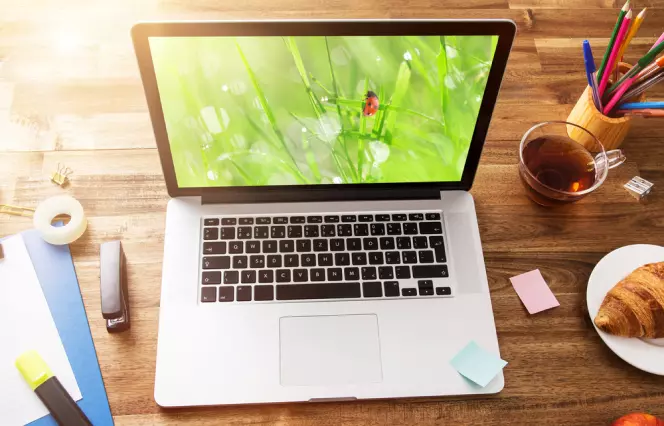
In some cases, if you're experiencing broken or slow media performance or video plays choppy on your laptop, tablet, computer, or Mac, it could be because of a virus or another piece of malware infecting your device. There are many forms of malware out there, and some of them can drain system resources and interfere with various processes, including video performance.
So, if video playback is choppy and you’re looking for how to fix video lagging on Android, Windows, or other devices, you may need to run a scan for any malware on your system. Use a good-quality malware removal program to look for viruses and get rid of them.
Pros:
Can identify harmful programs on your device
Improve the overall performance of your desktop or laptop
Cons:
If the problem lies with the video file itself rather than any viruses or malware, this fix won’t stop choppy playback

Antivirus programs can help when you're dealing with choppy video playback in Chrome or if your streaming video is choppy. However, they can also be the cause of choppy streaming videos, too. This is because these programs often run scans and checks in the background, using up your system's resources and causing slowdown and choppy performance in other areas.
So, if you suspect that you're encountering streaming videos with choppy performance or choppy video playback in Firefox or Chrome because of your antivirus, try disabling it temporarily. Then try running the video again. It might make an immediate difference. Just remember to reactivate your antivirus program when you're finished to stay protected while using the internet or downloading files.
Pros:
Speed up your device
Can help with videos being played locally and online
Cons:
Leaves your device at risk of infection, especially if you forget to restart the program
In some cases, you might need to fix choppy video online. You may encounter Chrome video playback choppy issues or a jerky video on Firefox. If you're dealing with a Firefox choppy video or want to make a jerky video in Chrome run more smoothly, you may simply need to adjust some of your browser settings. Here's how:
Chrome
If your video is choppy in Chrome, click on the Menu button, then click on Settings.
Scroll down to the Advanced section, then head to the System section and click on the Relaunch button to adjust the Use hardware acceleration when available setting.
Your browser will reload with the new change, and you can give it a try and see if videos are running better.
If it still isn't working, you can try pressing Ctrl + Shift + Delete together to go to the Clear Browsing Data page and get rid of your browser cookies and history. This may also help improve video playback performance.
Firefox
If a streaming video is choppy on Firefox, launch the browser and click on the Menu button in the top right.
Scroll down and click on Options, then uncheck the box next to Use recommended performance settings.
Next, enable or disable the Use hardware acceleration when available setting. Restart your browser and see if the video performance has improved.
If there are still some issues, try clearing your browser's cache and history. Now you know how to fix a choppy video in Firefox!
Here are a few more useful tips you can keep in mind to improve video playback in the future.
Keep your devices up to date by checking for software updates and installing them regularly.
Also ensure that your media players are updated and you're using the latest versions.
Use trusted antivirus programs to block viruses and malware from getting onto your device and interfering with your videos.
Don't try running too many programs or opening too many browser tabs on your device at the same time, as this can impact performance.
Always use safe, trusted converters and editors to work with video files.
Make a backup of your video files so you have a safe spare copy to use if the original gets damaged.
It's no fun when you're trying to watch a video and it starts to become choppy and laggy, but as this guide shows, there are plenty of methods you can try to get around this issue. Hopefully, we've helped you find a way to fix your choppy video issues, no matter what device you're using.
Movavi Video Converter
The ideal way to get your media in the format you need!
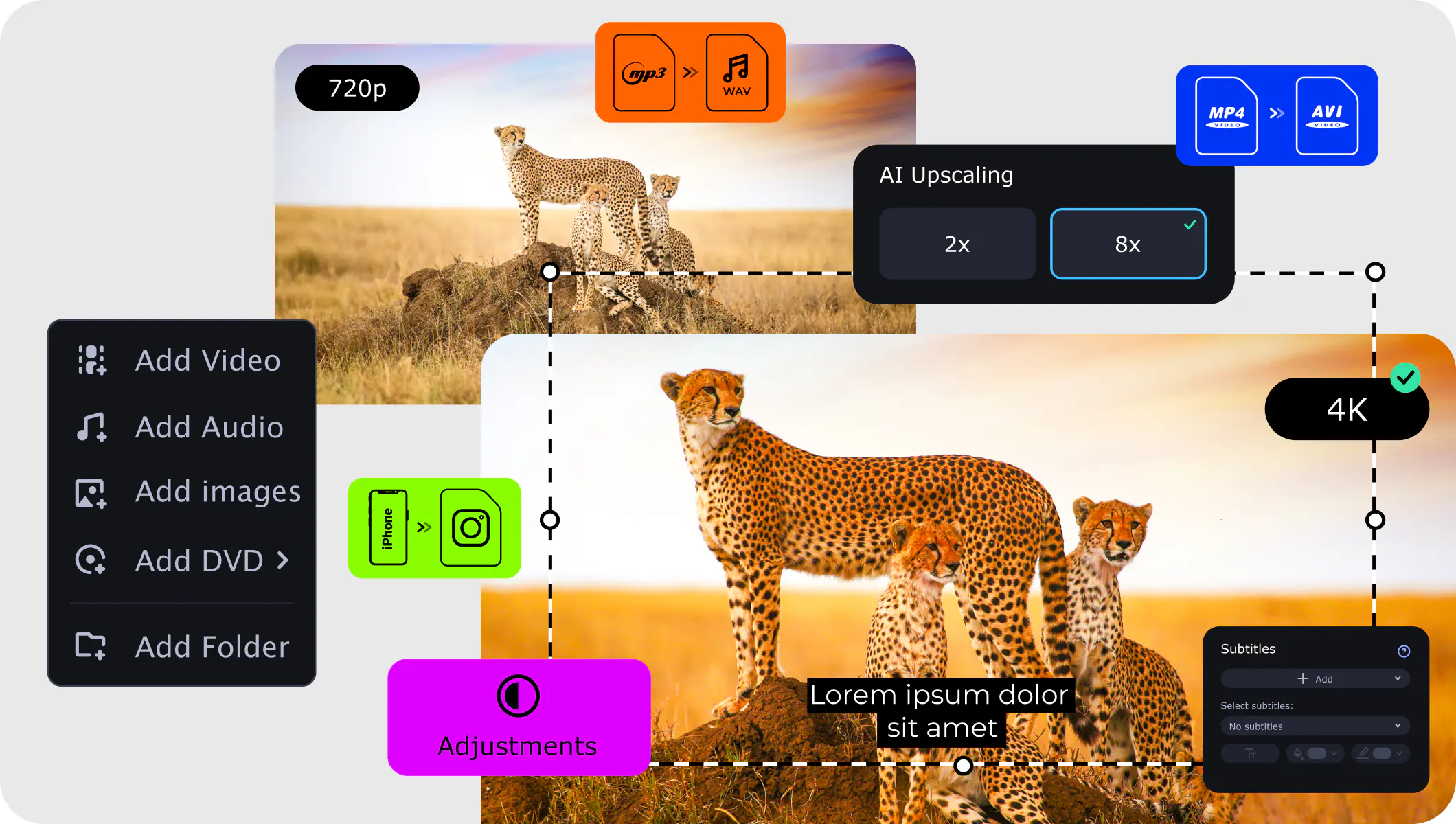
See other useful how-to guides
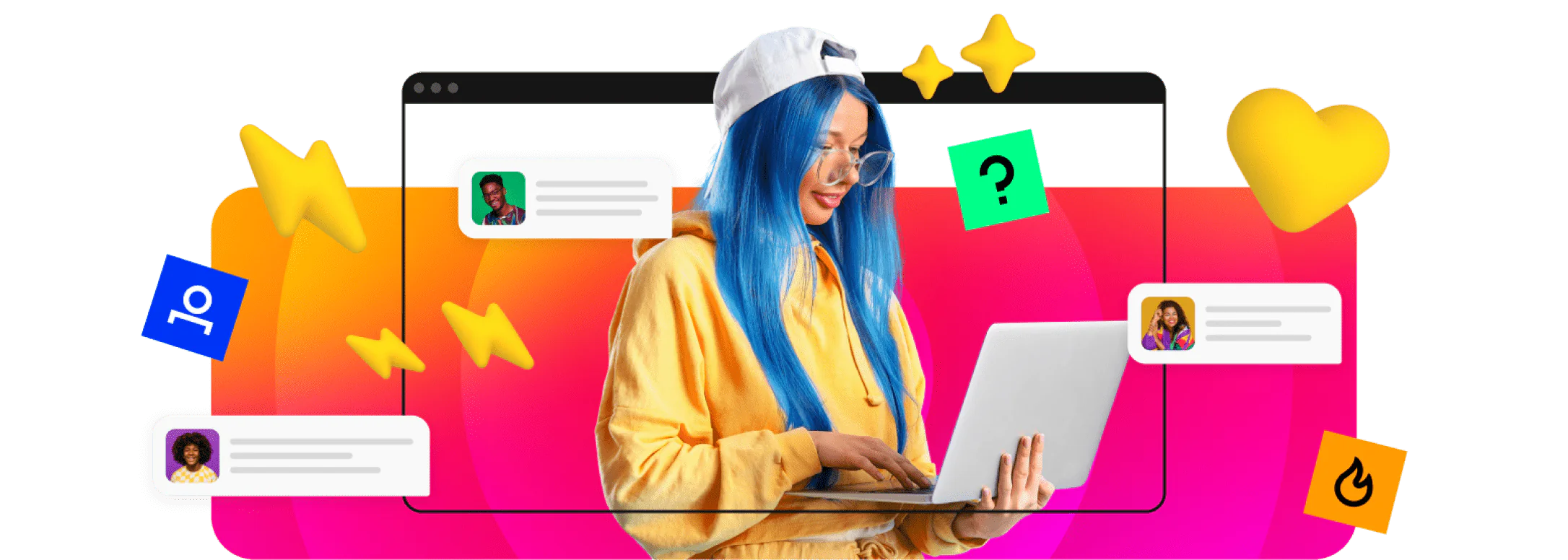
Have questions?
Join for how-to guides, speсial offers, and app tips!
1.5М+ users already subscribed to our newsletter